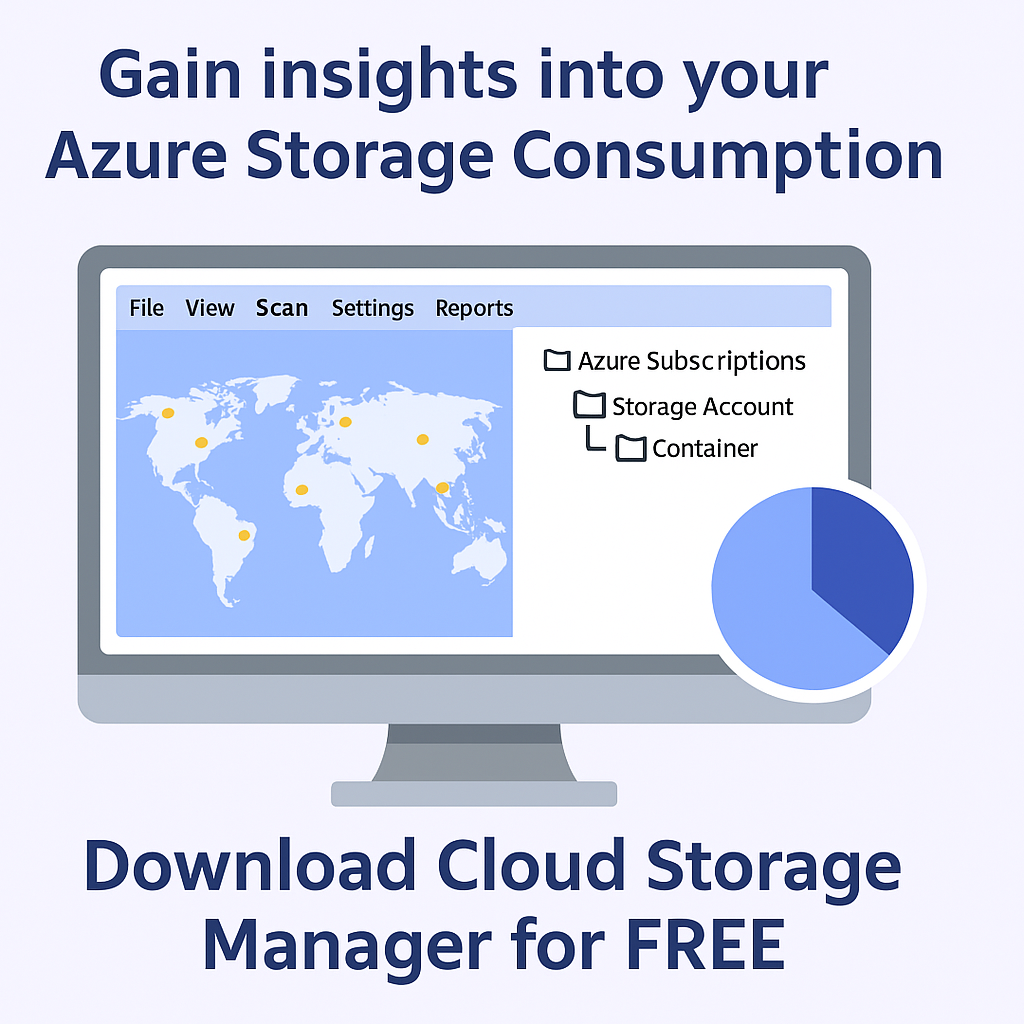Cloud Storage Manager Overview
Gain valuable insight into your Azure storage environment with our FREE tool — Cloud Storage Manager.
Easily visualize, manage, and optimize your Azure Storage Accounts, Containers, and Blobs.
Cloud Storage Manager
Send download link to:
Feature Highlights
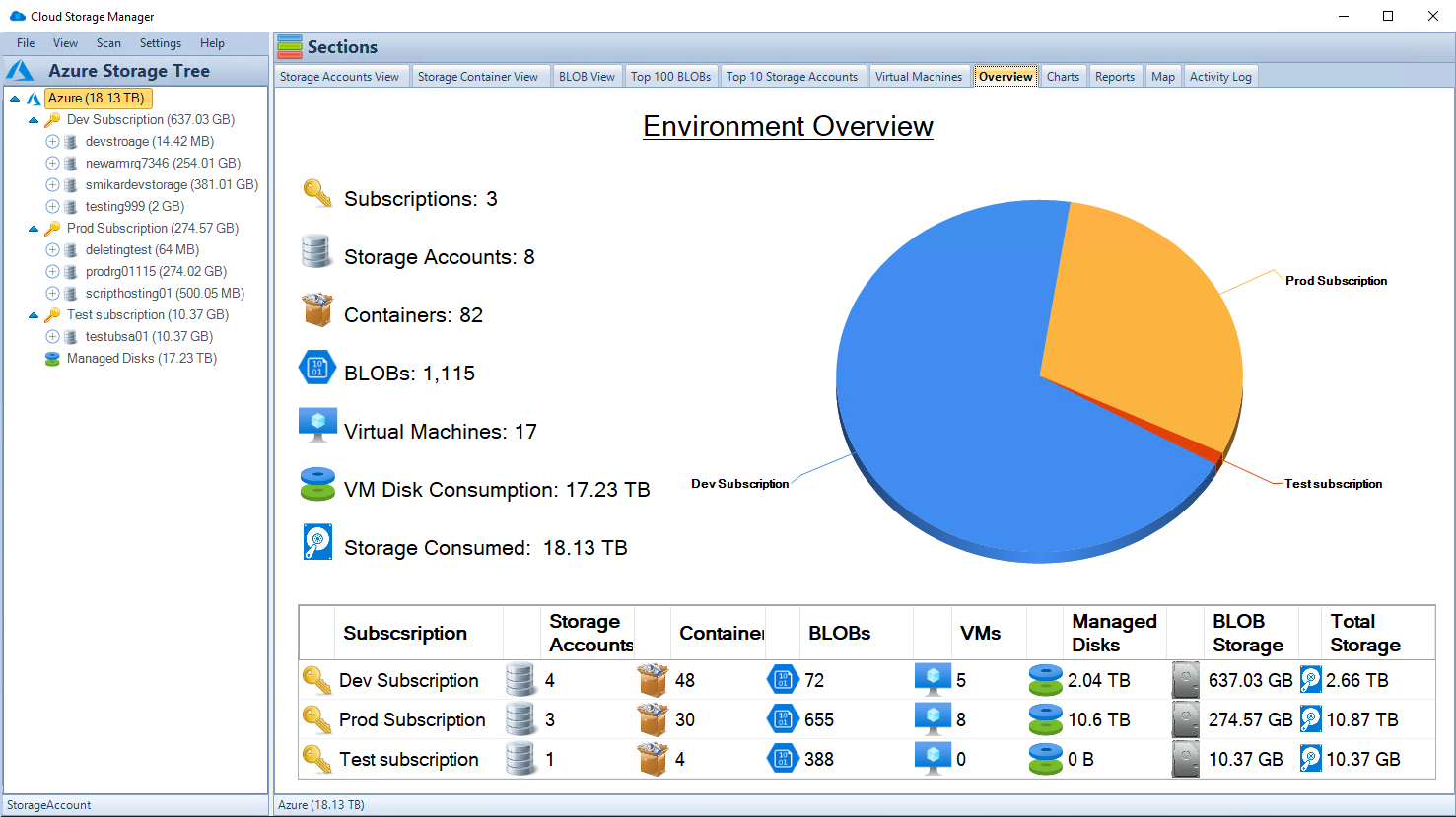
Main Window
Interactive world map highlighting Azure locations where your Storage Accounts reside, including usage stats.
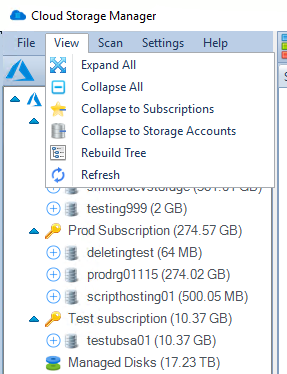
File Menu
Search storage objects, view logs, compress the database, and manage application settings.

Scan Menu
Scan everything or selected resources — including subscriptions, containers, storage accounts, and VMs.
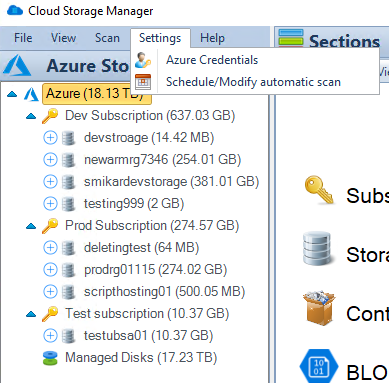
Settings Menu
Configure Azure credentials and schedule automatic scans for continuous monitoring and optimization.
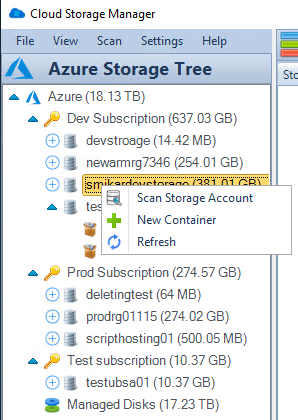
Azure Storage Tree
Quickly drill down into Subscriptions, Storage Accounts, Containers and Blobs with right-click functionality.
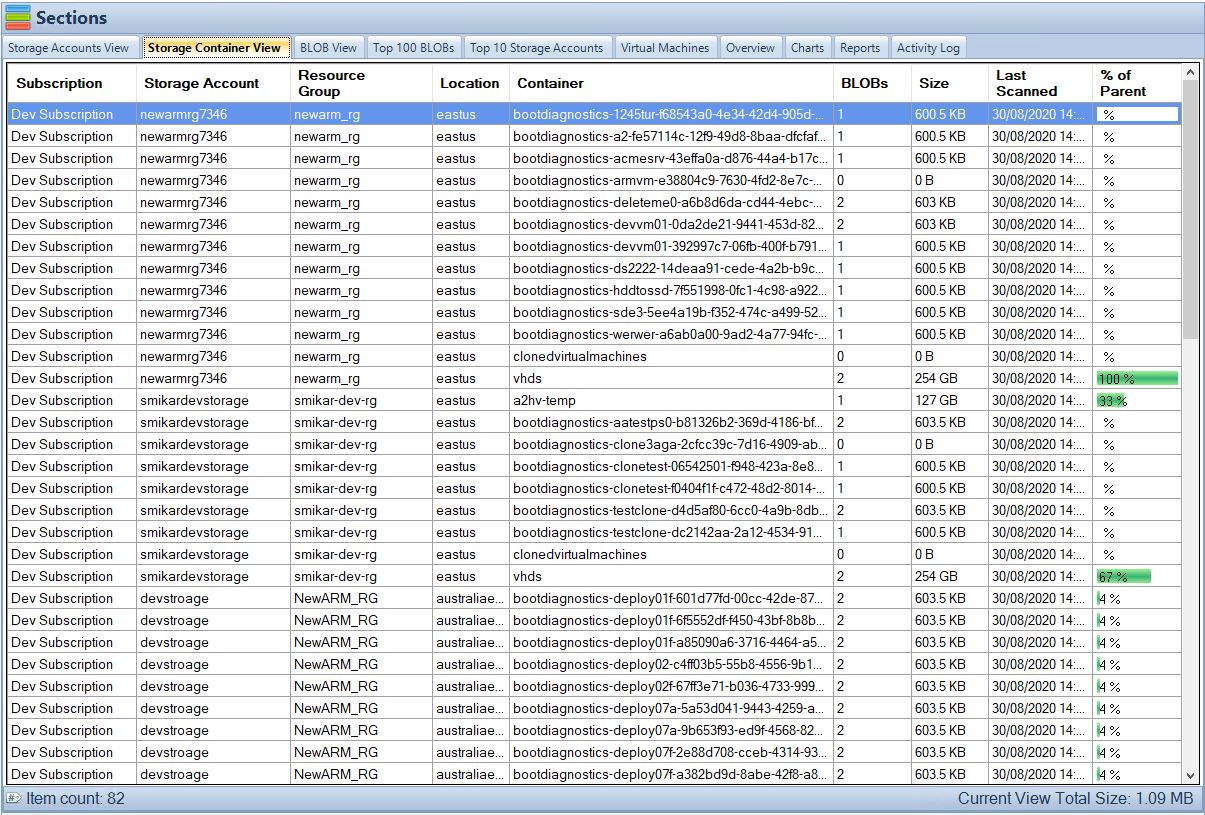
Storage Accounts View
Track usage, location, blob counts, and size across all Azure Storage Accounts.
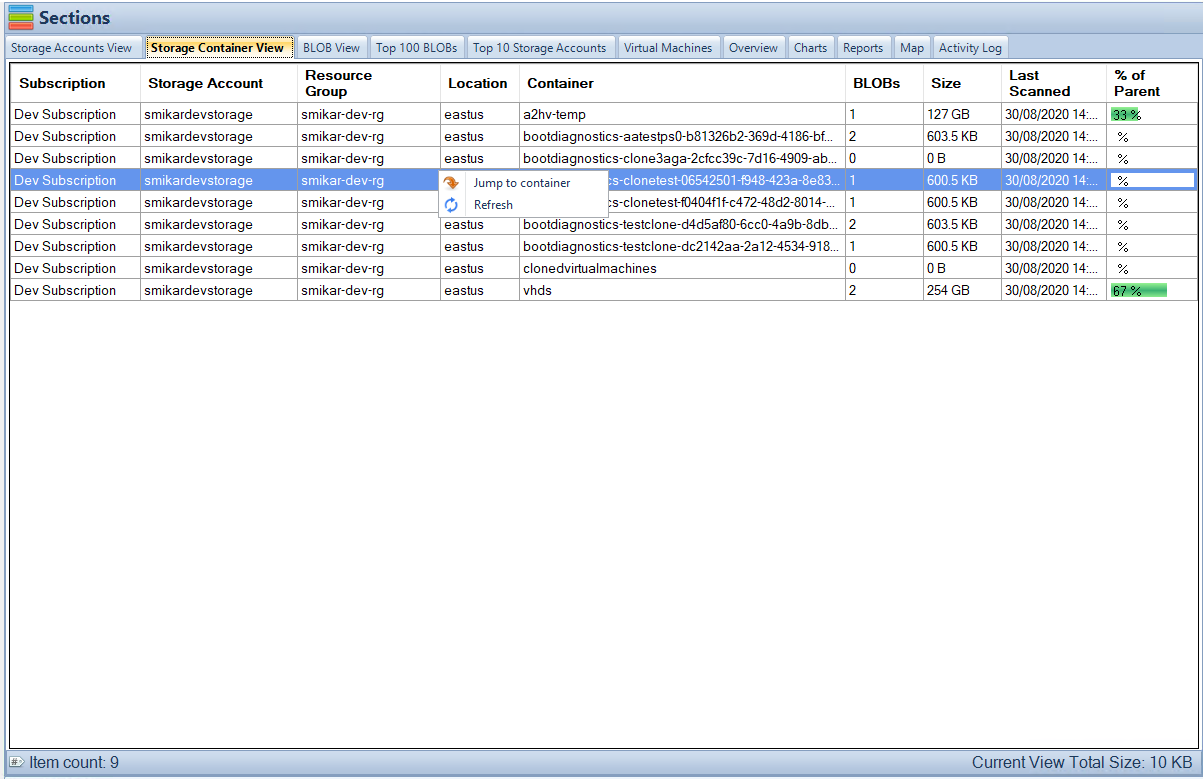
Container View
See size, blob count, and last scan time per container — with right-click to jump into deeper views.
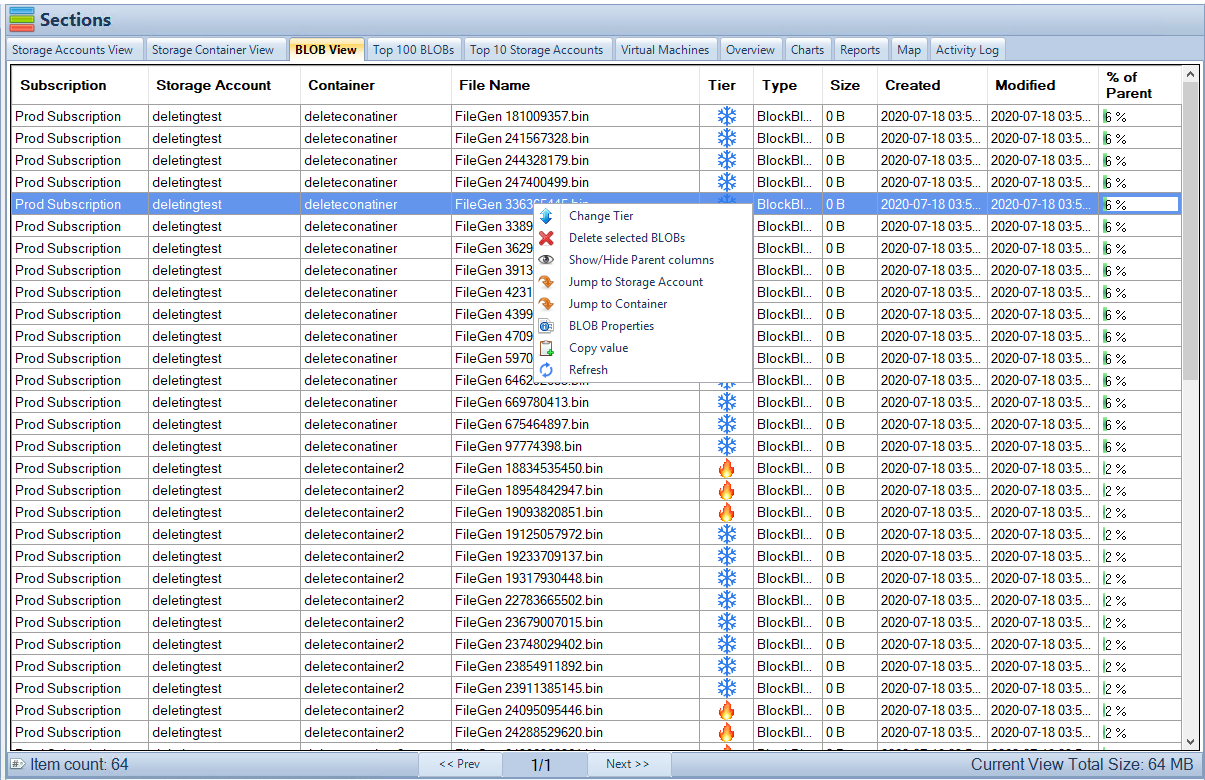
Blobs View
Full details on blobs including size, tier, and last access. Easily change tier or delete with one click.
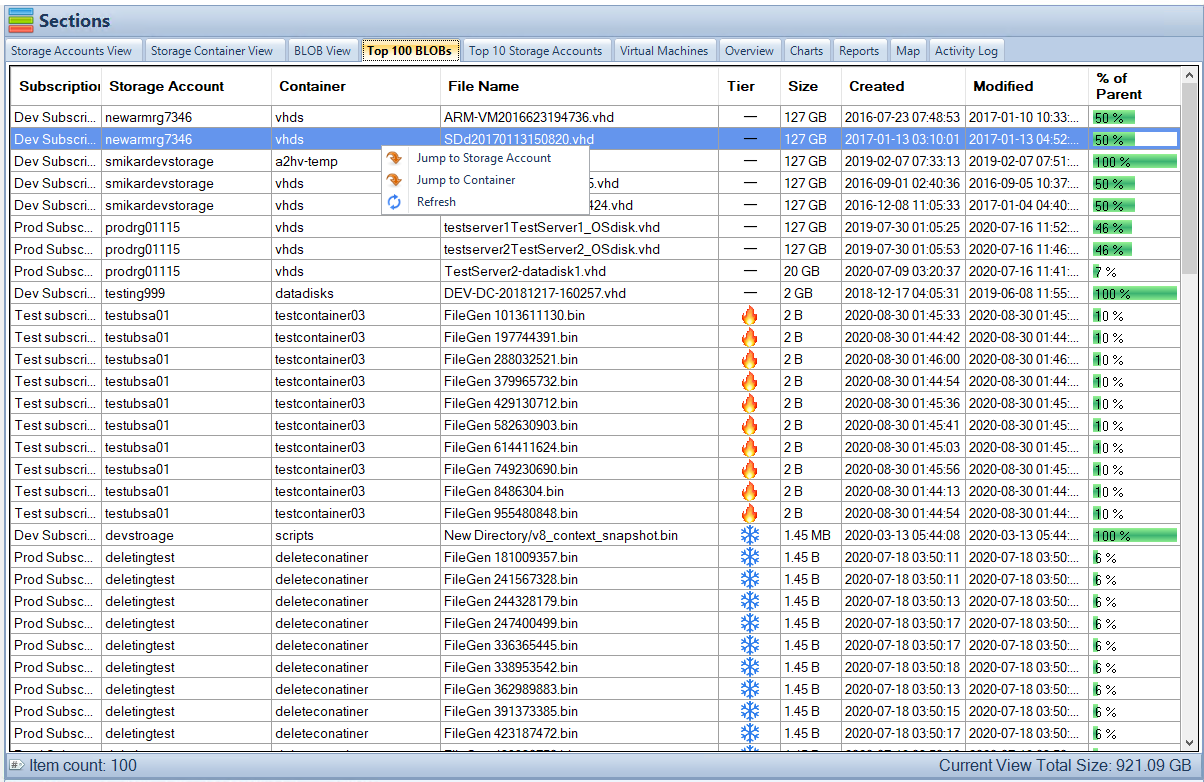
Top 100 Blobs
Identify the largest blobs across your environment for cleanup or re-tiering actions.
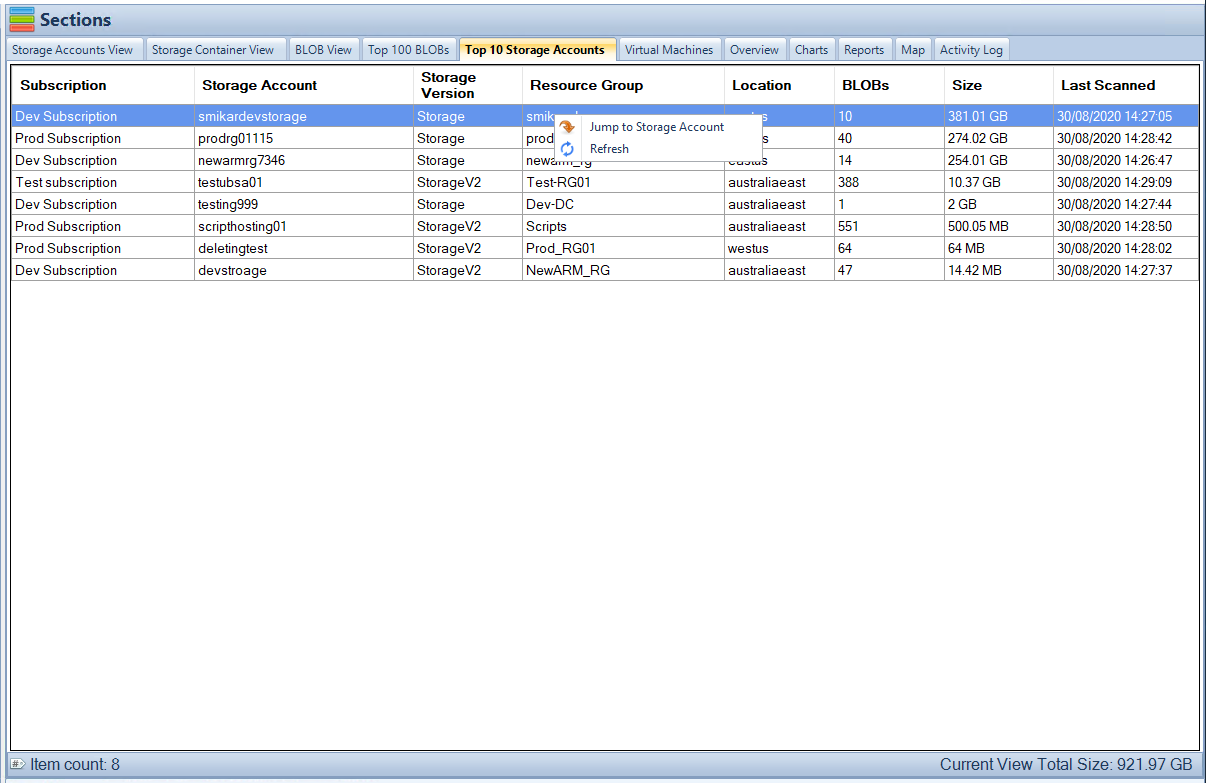
Top 10 Storage Accounts
Quickly see which Storage Accounts are consuming the most space across your subscriptions.
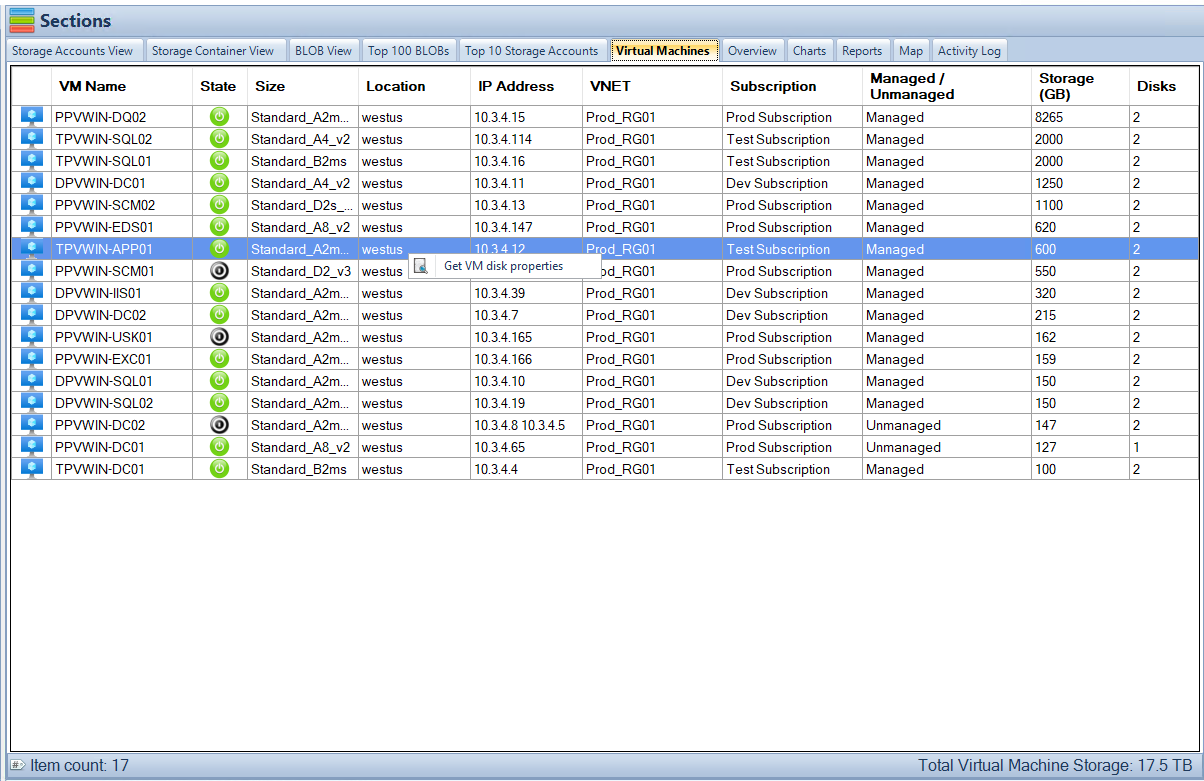
Virtual Machines View
View VM states, disks, storage usage, and locations — including attached and unattached disks.
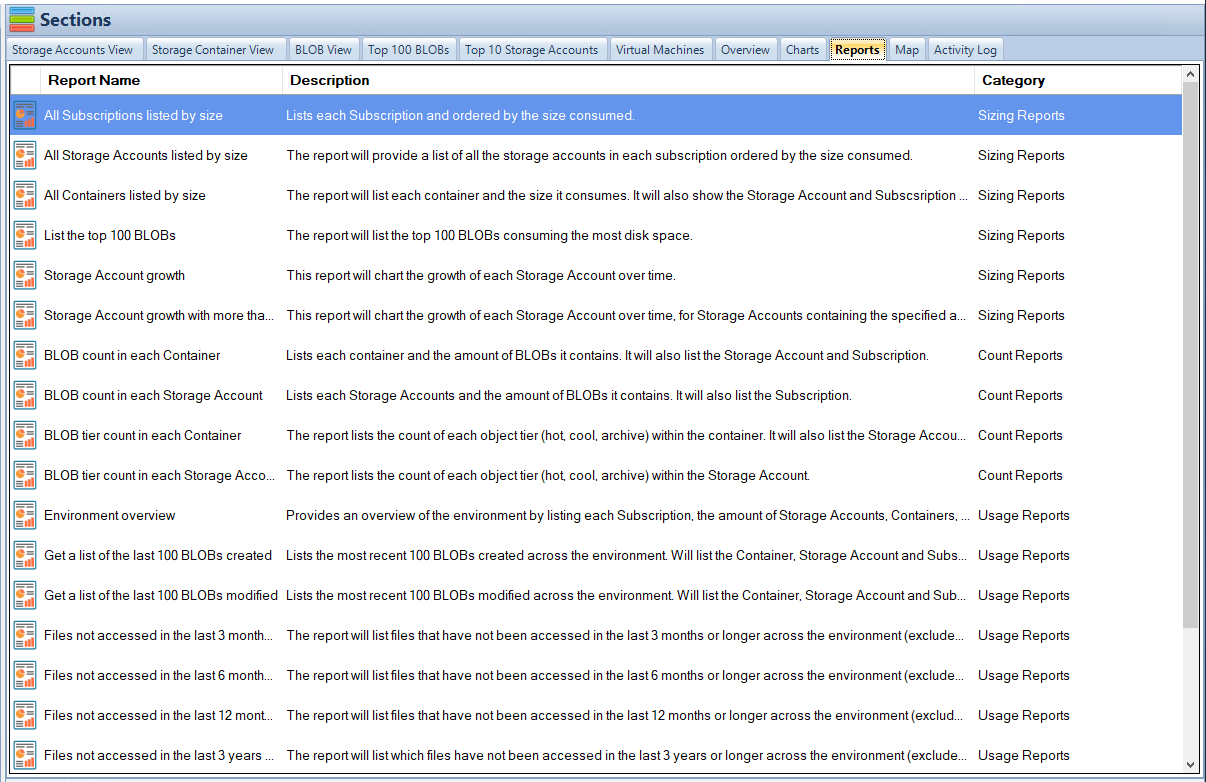
Reporting Capabilities
Run built-in reports like largest storage accounts, top blobs, inactive files, and historical growth.
Try Cloud Storage Manager – It’s Free
Download Cloud Storage Manager now and gain instant visibility into your Azure Blob and File storage.
Uncover hidden costs, optimize storage tiers, and identify cleanup opportunities.
Cloud Storage Manager
Send download link to:

